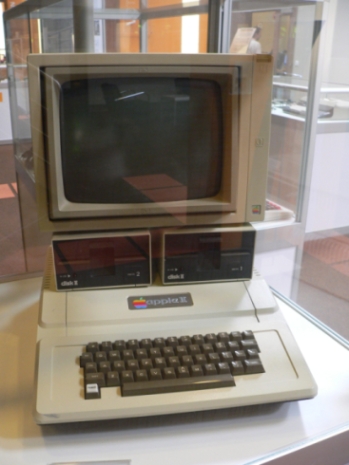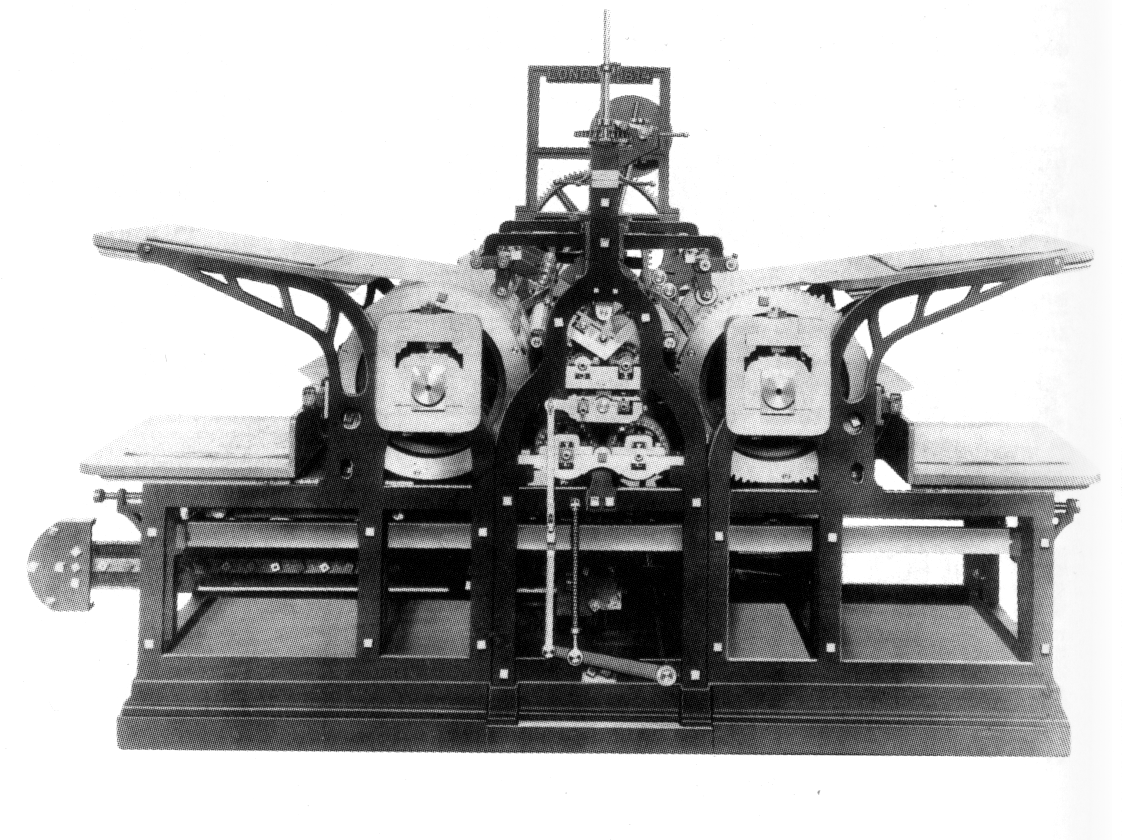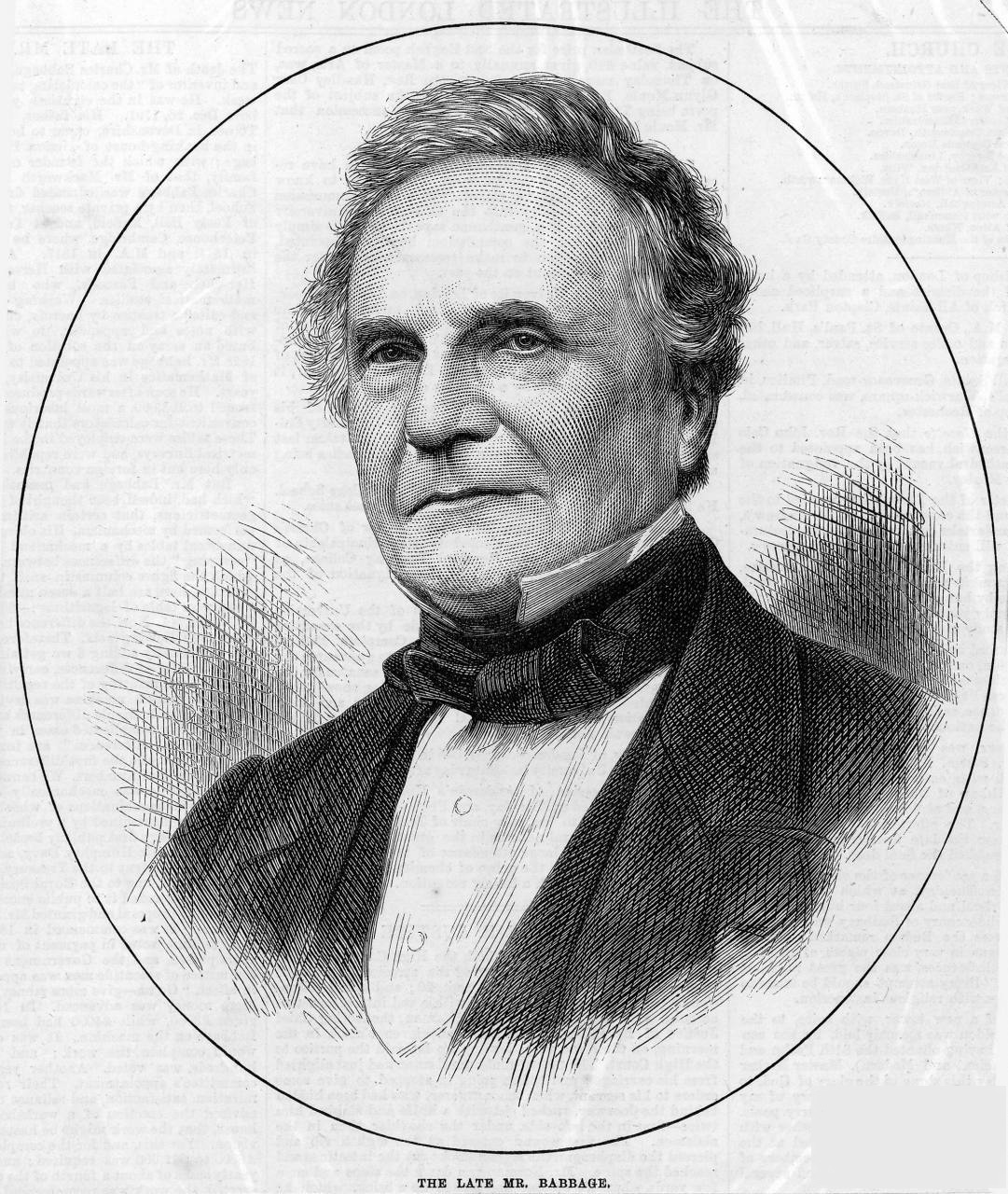Pre- Mechanical Age
•
The
pre-mechanical age is the age in which there were no kinds of computer systems.
This was a very long time ago, estimated to be around 3000BC.
• The
pre- mechanical age is generally regarded as having lasted from the
beginning of recorded history to about the middle of the 15th century.
Electromechanical Age (1840-1940)




1893: The Millionaire, the first efficeint four-function calculator invented by Otto
shweiger, a Swiss Engineer.

·
Control of
fire 500 000 BC
·
Domestication
of animals 12 000
·
Domestication
of plants 800
·
Ceramic
7000 BC
·
Copper
4000 BC
- First humans communicated only through speaking and picture drawings.
- 3000 B.C., the Sumerians in Mesopotamia (what is today southern Iraq) devised uniform.
- Around 2000 B.C., Phoenicians created symbols
- The Greeks later adopted the Phoenician alphabet and added vowels; the Romans gave the letters Latin names to create the alphabet we use today.
- Sumerians' input technology was a stylus that could scratch marks in wet clay.
- About 2600 B.C., the Egyptians write on the papyrus plant
- around 100 A.D., the Chinese made paper from rags, on which modern-day papermaking is based.
- Religious leaders in Mesopotamia kept the earliest "books"
- The Egyptians kept scrolls

- Around 600 B.C., the Greeks began to fold sheets of papyrus vertically into leaves and bind them together.
- Egyptian system: The numbers 1-9 as vertical lines, the number 10 as a U or circle, the number 100 as a coiled rope, and the number 1,000 as a lotus blossom
- The first numbering systems similar to those in use today were invented between 100 and 200 A.D. by Hindus in India who created a nine-digit numbering system.
- Around 875 A.D., the concept of zero was developed.
- The abacus is a tool that consisted originally of strings and pebbles, although those used today in the teaching of basic mathematics are made from wooden formations. The tool is believed to have originated from China, where the very first mathematicians of time began their work.

- Napier's bones was originally made by the Scottish mathematician John Napier in 1614. The tool consists of rectangular wooden rods, which are each marked with a number at the top, with the multiples of that number listed below down the rod.
- From about 1450 onward is known as the mechanical age because of the invention of crucial machines such as the printing press.

- The Mechanical age developed between 1450 and 1840, the inventors began to use techniques and tools to create machines that will perform some tasks.Mathematics had evolved to a stage were such practical calculations could be expressed as algebraic relationships and solved in a step by step manner. It was therefore not an impossible step to conceive of automating such tasks.The influential figures of the sixteenth and seventeenth centuries were not thought of as “scientists” in the modern sense.Inventors creatorsJohannes Gutenberg was a German goldsmith, invented the modern printing press with movable metal-type in 1450.
- The first general purpose computers
In 1614, the Scottish mathematician John Napier published the first table of logarithms to simplify and speed up the calculations (multiplication and division to reduce in addition and subtraction.The English clergyman William Oughtred invented the slide rule with two sliding scales that are graduated according to the logarithms of the amounts were calculated.Wilhelm Schickard is a German mathematician famous for having built the first automatic calculator in 1623.Blaise Pascal was a polymath, mathematician, physicist, philosopher and French writer Christian. His contributions to mathematics and natural history include the design and construction of calculating contributions to probability theory, research on fluids and clarification of concepts such as pressure and vacuum.Gottfried Leibniz 1617 occupies an equally important in the history of philosophy and mathematics in place. He also invented the binary system, foundation of virtually all modern computer architectures. He invented the Stepped Reckoner that could multiply 5 digit and 12 digit numbers yielding up to 16 digit numbers.Charles Babbage (born December 26, 1791, London, England—died October 18, 1871, London) Punch cards for the never-completed Babbage Analytical Engine, and Charles Babbage, the "father of computing," who kept refining his design.Lady Ada Augusta Lovelace ByronThe first computer programmerHowever, she sent a message to Babbage requesting copies of the machine’s blueprints (the difference engine), because she was determined to understand how it worked.
(born December 26, 1791, London, England—died October 18, 1871, London) Punch cards for the never-completed Babbage Analytical Engine, and Charles Babbage, the "father of computing," who kept refining his design.Lady Ada Augusta Lovelace ByronThe first computer programmerHowever, she sent a message to Babbage requesting copies of the machine’s blueprints (the difference engine), because she was determined to understand how it worked.

Electromechanical Age (1840-1940)
The discovery of ways to harness electricity was the key advance made during this period. Knowledge and information could now be converted into electrical impulses.
The beginnings of telecommunication
- Voltaic Battery
- Telegraph
- Telephone and Radio
Voltaic battery
Alessandro Volta invented the voltaic pile which is considered to be the first source of stored electricity in the 8th Century.
The battery made by Volta is credited as the first electrochemical cell.
Telegraph
Samuel F.J. Morse invented the first magnetic telegraph in the year 1832 and made an experiment version in 1815.

Telephone and Radio
The first successful bi-directional transmission of clear speech by Bell and Watson was made on 10 March 1876 when Bell spoke into his device, “Mr. Watson, come here, I want to see you.” and Watson answered.

Electromechanical computing tabulating machine
Tabulating machine:
1853: Pehr and Advard Scheutz complete their tabulating Machine, capable of processing fifteen-digit numbers, printing out results and rounding off to eight digits.
Comptometer:
1885: A Comptometer is a type of mechanical (or electro-mechanical) adding machine. The comptometer was the first adding device to be driven solely by the action of pressing keys,

Comptograph:
1889: Felt’s Comptograph, containing built-in printer, is introduced.

Punch Cards
A punch card or punched card (or punchcard or Hollerith card or IBM card), is a piece of stiff paper that contains digital information represented by the presence or absence of holes in predefined positions.
The millionare
1893: The Millionaire, the first efficeint four-function calculator invented by Otto
shweiger, a Swiss Engineer.

Electronic Age
The electronic age is what we currently live in. It can be defined as the time between 1940 and right now. The ENIAC was the first high-speed, digital computer capable of being reprogrammed to solve a full range of computing problems.
This computer was designed to be used by the U.S. Army for artillery firing tables. This machine was even bigger than the Mark 1 taking up 680 square feet and weighing 30 tons - HUGE. It mainly used vacuum tubes to do its calculations.
The Four Generations of Digital Computing.
The first generation (1951- 1958)
· Vacuum tubes as their main logic elements.
· Punch cards to input and externally store data.
· Rotating magnetic drums for internal storage of data and programs
The second generation (1959-1963)
· Vacuum tubes replaced by transistors as main logic element.
· Magnetic tape and disks began to replace punched cards as external storage devices.
The third generation(1964-1979)
Individual transistors were replaced by integrated circuits.
Magnetic core internal memories began to give way to a new form, metal oxide semiconductor (MOS) memory, which, like integrated circuits, used silicon-backed chips.
The Fourth Generation (1979- Present)
Microprocessors that contained memory, logic, and control circuits (an entire CPU = Central Processing Unit) on a single chip.
Some have begun to call it the Information Revolution. Technological changes brought dramatic new options to Americans living in the 1990s.
Computers
Personal computers had become widespread by the end of the 1980s. Also available was the ability to connect these computers over local or even national networks.
Internet
The INTERNET was developed during the 1970s by the Department of Defense. In the case of an attack, military advisers suggested the advantage of being able to operate one computer from another terminal.

In the early 1990s, the WORLD WIDE WEB was developed, in large part, for commercial purposes.
New forms of communication were introduced. ELECTRONIC MAIL, or EMAIL, was a convenient way to send a message to associates or friends. New forms of communication were introduced. Messages could be sent and received at the convenience of the individual. A letter that took several days to arrive could be read in minutes.
Advantages
- essential
- Learning options
- conserving Quality of Information
- The world is within your hands
Disadvantages
- Usage of electricity
- Dependent on themselves


Cool you inscribe, the info is really salubrious further fascinating, I'll give you a connect to my scene. copier
ResponderEliminarfwrgwefg
ResponderEliminarThanks its really helps me a lot.
ResponderEliminarthankksssss so much helpp <3
ResponderEliminar